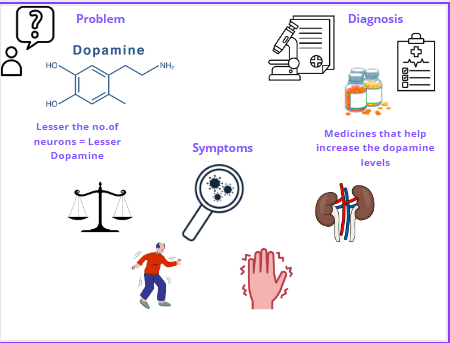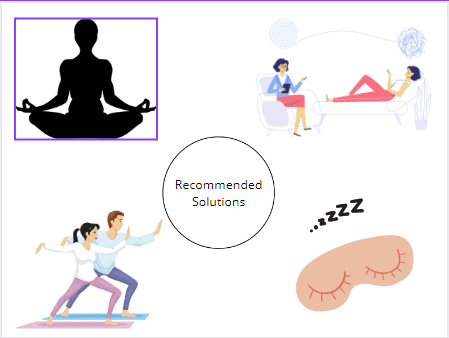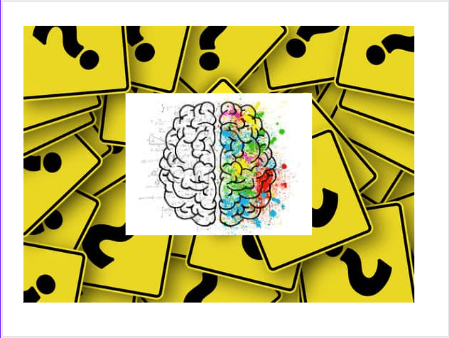A type of disease wherein the cells of the Central Nervous System stop working or die is known as Neurodegenerative disease. It may be caused due to genetics, by the environment you are in or by a stroke or tumor. Alzheimer’s disease (AD) and Parkinson’s disease (PD) are the most common neurological conditions caused by neurodegeneration. The nerve cells in the brain and peripheral nervous system lose function over time and ultimately die. We can say that it is a gradual damage to brain cells leading to memory loss. Although certain medical treatments may help to relieve some of the physical and mental symptoms, there are no cures for these diseases. Your risk of developing AD or PD increases with your age. Certain nerve cells degenerate and cause chemical imbalance in your brain. This degeneration can be because of toxins or gene mutations. This causes you to lose memory, stability, effective thinking, and problems in balancing.
Let’s talk more about Parkinson’s disease.
This disease occurs when nerve cells in the basal ganglia, an area of your brain that controls movement, becomes impaired and dies. The neurons in this area produce an important neurotransmitter (chemical messenger) called Dopamine. The less the number of neurons, the lesser dopamine produced, which causes movement problems. People with this disease also lose nerve endings that produce norepinephrine, the main neurotransmitter of the sympathetic nervous system. The sympathetic nervous system controls many important body functions like blood pressure, heart rate and many ‘fight or flight’ responses. The loss of norepinephrine is the reason behind some problems such as irregular blood pressure, sudden drop in blood pressure while sitting or standing and fatigue.

Some of the cases of Parkinson’s are hereditary and some are due to genetic mutations. People with Parkinson’s have unusual clumps of protein alpha-synuclein, also called Lewy bodies, in their nerve cells. Scientific professionals are doing their best to recognize normal and abnormal functions of Lewy bodies and their relation with genetic mutation causing Lewy body dementia.
The most common symptoms include:
1. Trouble balancing
2. Tremors usually of the arms and legs while at rest
3. Stiff movements of arms and legs
4. Hallucination
5. Expressionless face
6. Impaired Coordination
7. Urinary problems and Constipation
All these symptoms can be experienced at the first stage and also at later stages. The progression differs in every individual. Symptoms often begin on one side of the body and slowly progress and affect both the sides. Nonetheless, symptoms can be severe on one side than the other.
Diagnosis of non-genetic cases of Parkinson’s is mostly done by checking the patient’s medical history and carrying out a neurological examination. If after taking medications, the symptoms improve, it means that the patient was suffering from Parkinson’s. Even though PD doesn’t have a cure, we can certainly use medications and therapies to help with the symptoms. Medicines like Caridopa-levodopa, MAO B inhibitors, COMT inhibitors can help with increasing levels of Dopamine and helping other neurotransmitters work efficiently and transfer information effortlessly in your brain.
Another treatment for PD is deep brain stimulation, which is a surgical way through which the tremors and rigidity can stop. Doctors implant a device in your chest which is connected to electrodes in your brains. These two work together, painlessly, to stimulate areas in the brain to help control movements. While the progression of PD is slow, it does end up affecting the daily routine of a person. The patients need to be understood and cared for as they are sometimes helpless. Using all the resources available around you is very important to live a good life. Another form of dementia is Alzheimer’s disease which we will be talking about next.
Alzheimer’s is a degenerative brain disease and also a common form of dementia. It is a type of disease that affects behavior, thinking and memory. The greatest risk factor of AD is ageing. The genes you inherit can also contribute to your risk. Other risks include Down-syndrome and cardiovascular disease. Although Alzheimer’s can affect cognitive abilities, it does not associate with difficulty in physical movements like Parkinson’s.
Alzheimer’s is thought to be caused by abnormal build-up of certain types of proteins in your brain cells. Proteins like beta-amyloid and tau cause plaques and tangles around brain cells respectively. As neurons are slowly affected, there is a decrease in neurotransmitters and their efficiency in sending signals from one neuron to another. Levels of a neurotransmitter called acetylcholine are to a large extent low in patients with AD. Overtime, patients with AD observe brain shrinking and sometimes many different parts of the brain are affected.
The most common symptoms of AD are:
1. Trouble concentrating
2. Difficulty in remembering
3. Excessive sleep
4. Agitation/distress
5. Depression
6. Misplacing items
7. More hesitant to new things
8. Gradual memory loss
Many of these symptoms are linked with each other. Diagnosing AD includes CT scans, MRIs, neurological exams and medical history.
As there is currently no cure for Alzheimer’s, certain medicines can alleviate the symptoms. AChE inhibitors, memantine, galantamine are some common medications which are prescribed. A therapy known as Cognitive stimulation therapy (CST) helps in improving the memory and problem-solving skills through specially designed exercises.
A surprising revelation; dementia of Parkinson’s and of Alzheimer’s have some similarities. Both these conditions are progressive and hence can get worse over time. Both PD and AD can cause sleep disturbance, anxiety and depression and affect memory and communication. As a matter of fact, supportive therapies like psychotherapy and physiotherapy can help with the worsening symptoms. Exercises like Yoga and tai chi (Chinese martial art form) can help with balance and flexibility. Psychologists can help with anxiety and depression along with helping improve the sleep quality. It’s said that you should look back only to see your progress in something. That also applies to science and its exceptional progress.

The history of PD dates back to the time when an English physician, James Parkinson described PD as ‘shaking palsy’ in the year 1817. It is also said that ancient Indian Ayurveda described it as ‘Kampavata’. In 1960, Levodopa medicine was first administered to help with the symptoms and is still used today. Nowadays modern discoveries for PD are filled with enzyme inhibitors and dopamine agonists. On the other hand, a German physicist named Dr. Alois Alzheimer described a very peculiar disease which resulted in memory loss and brain changes in 1906. He was the first to do so. The disease is therefore named after him.
Today, many aspects of both AD and PD have been uncovered and remarkable advancement is seen. If you have stuck around till the very end; well just one more astounding research is currently taking place and being carried out. Stem cells hold brilliant potential in regenerating damaged tissues and can hence be of potential help for PD and AD. However, this therapy does have its share of complications. The best thing that we can do is to live life to the fullest and of course take care of our loved ones who are suffering with any of the neurodegenerative diseases.
Note: This article is for knowledge purpose only. Please do not self-diagnose or self-treat. Always consult a medical professional for the same.
References:
- https://www.nia.nih.gov/health/parkinsons-disease
- https://www.verywellhealth.com/parkinsons-and-alzheimers
- https://www.nhs.uk/conditions/alzheimers
. . .
Writer
Gargi Phadnis
Illustrator
Chinmayee Joglekar
Editor
Vaishnavi Bhat

